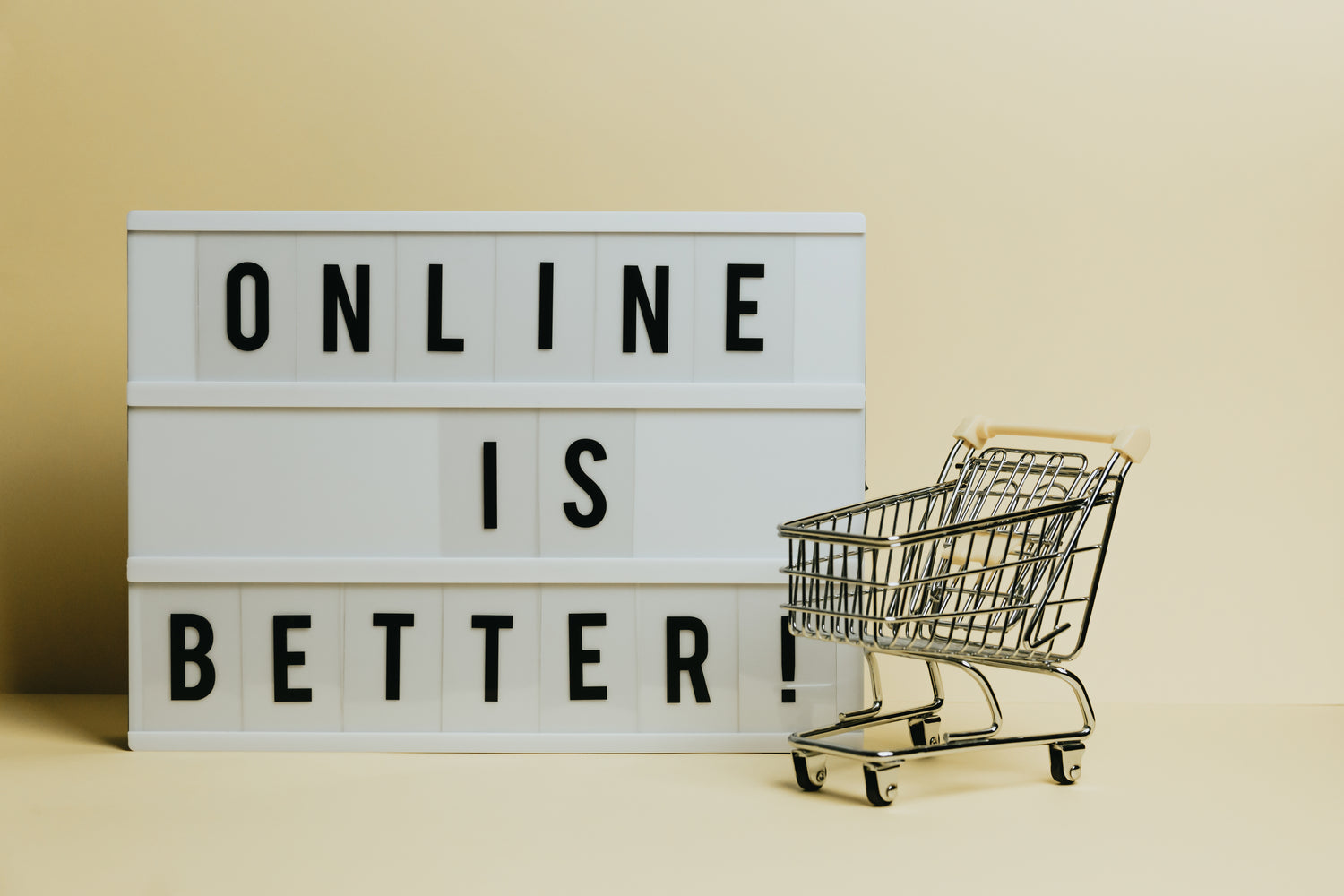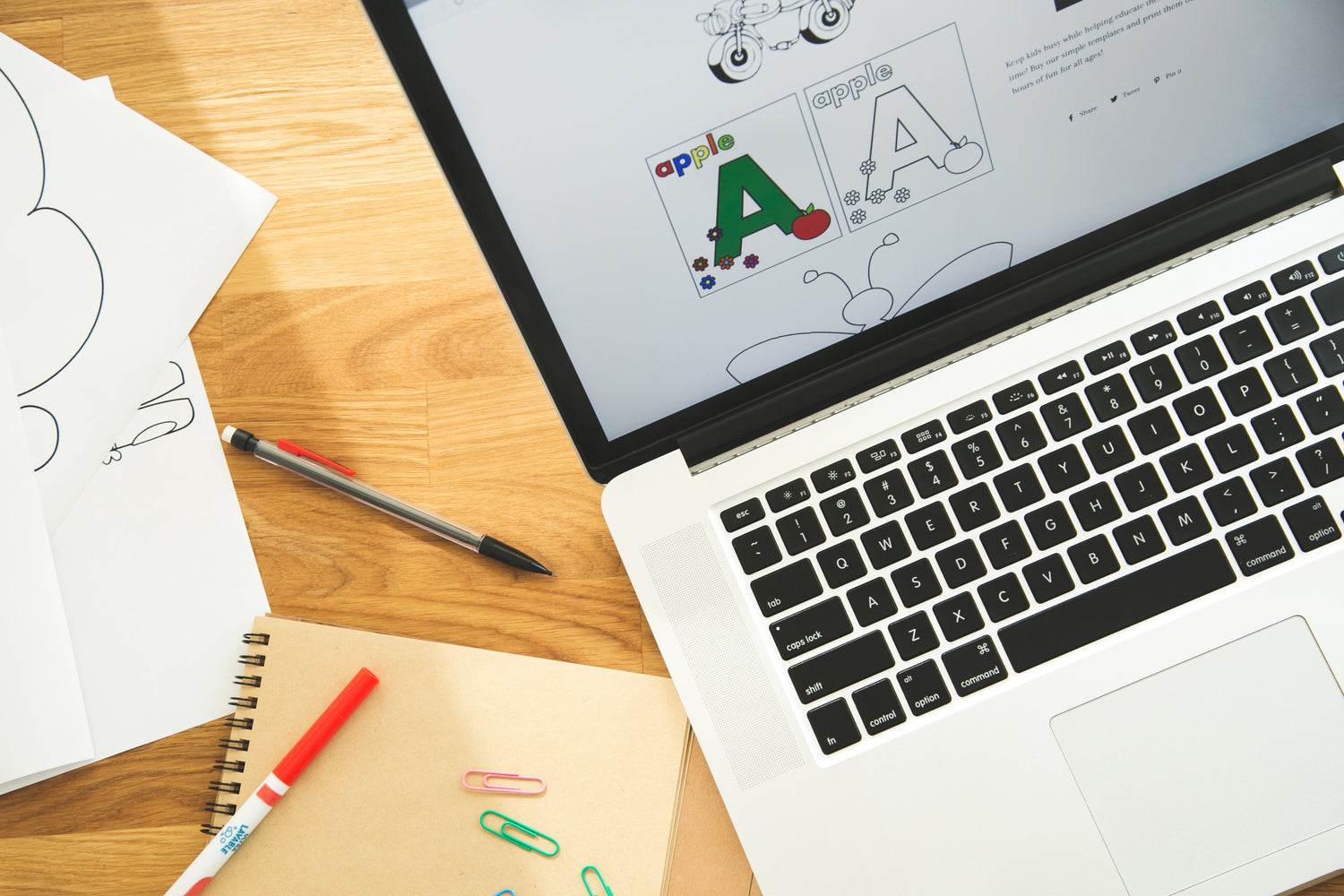Section I
About Social Emotional Learning (SEL)

What is SEL?
SEL stands for Social Emotional Learning. It is a process of acquiring and applying the knowledge, skills, and attitudes required to understand and manage emotions, establish and maintain positive relationships, make responsible decisions, and develop a healthy sense of self. SEL is important because it supports students' academic achievement, emotional wellbeing, and lifelong success. It can be taught through a variety of methods, including classroom instruction, modeling, and experiential learning. The five core competencies of SEL are self-awareness, self-management, social awareness, relationship skills, and responsible decision-making.
How does SEL benefit students?
SEL, or social emotional learning, provides numerous benefits to students. Here are some ways SEL benefits students:
- Improved academic performance: Research has shown that SEL can have a positive impact on students' academic performance. By developing social emotional skills such as self-awareness, self-regulation, and responsible decision-making, students are better equipped to focus on their learning and succeed academically.
- Increased emotional wellbeing: SEL helps students develop the ability to manage their emotions effectively, build positive relationships, and develop a healthy sense of self. These skills can help students cope with stress, anxiety, and other emotional challenges, leading to increased emotional wellbeing.
- Improved behavior: Students who participate in SEL programs are more likely to exhibit positive behavior in the classroom and in social situations. This includes being more respectful of others, taking responsibility for their actions, and making better decisions.
- Better social skills: SEL helps students develop important social skills, such as empathy, communication, and conflict resolution. These skills are essential for building positive relationships and interacting effectively with others in school and beyond.
- Lifelong success: The social emotional skills developed through SEL are not only important for academic success, but also for success in the workplace and in life. By developing these skills at a young age, students are better prepared to navigate the challenges and opportunities that lie ahead.
Overall, SEL provides numerous benefits to students, helping them to succeed academically, emotionally, and socially, and preparing them for lifelong success.
How can I track my students’ progress in SEL development?
Tracking your students' progress in SEL development can be a challenging task, but there are several effective strategies you can use. Here are a few ideas:
- Use assessments: Use assessments to track your students' progress in specific SEL skills. There are a variety of SEL assessments available online that you can use to track your students' progress in areas such as self-awareness, social awareness, self-management, relationship skills, and responsible decision-making.
- Classroom observations: Observe your students' behavior in the classroom to track their progress in SEL development. Take note of how they interact with their peers, how they respond to challenges, and how they manage their emotions. Keep a record of these observations and use them to inform your instruction and support your students' growth.
- Student self-reflections: Encourage your students to reflect on their own progress in SEL development. Provide regular opportunities for them to reflect on their strengths and areas for growth in specific SEL skills. Use their self-reflections to guide your instruction and provide targeted support.
- Data-driven conversations: Use data to inform conversations with your students about their progress in SEL development. Share the data you've collected with your students, and engage in a conversation with them about what the data means and how they can continue to grow and develop in specific SEL skills.
Remember, tracking your students' progress in SEL development is an ongoing process. By using a combination of assessments, classroom observations, student self-reflections, and data-driven conversations, you can effectively track your students' progress and support their growth in social emotional learning.
How can I implement SEL instruction in my classroom?
Implementing SEL instruction in your classroom requires intentional planning and effort. Here are some steps you can take to get started:
- Set goals: Identify specific SEL goals you want to achieve with your students. For example, you might want to focus on building empathy or developing self-regulation skills.
- Choose curriculum: Select an evidence-based SEL curriculum that aligns with your goals and meets the needs of your students. There are many excellent SEL curricula available, so take the time to research and choose the one that is the best fit for your classroom.
- Create a safe and supportive classroom environment: Establish a classroom environment that is safe, supportive, and inclusive. Create clear expectations for behavior and use positive reinforcement to encourage positive behavior.
- Integrate SEL into lessons: Look for opportunities to integrate SEL into your existing lessons. For example, you might use literature or current events to teach empathy and perspective-taking, or incorporate mindfulness and relaxation exercises to teach self-regulation.
- Model SEL skills: Model the social emotional skills you want your students to develop. For example, you might model active listening, respectful communication, and responsible decision-making.
- Provide opportunities for practice: Provide your students with opportunities to practice their SEL skills in a safe and supportive environment. This might include role-playing, group discussions, and other interactive activities.
- Assess progress: Use assessments and other methods to track your students' progress in SEL development. Use this information to inform your instruction and provide targeted support as needed.
By following these steps, you can effectively implement SEL instruction in your classroom, helping your students develop important social emotional skills that will benefit them academically, emotionally, and socially.
Section II
About The SEL Store

What can you find in our SEL store?
A range of different SEL lessons and self-studies that you can use in your classroom or with your students to develop and improve their social emotional learning skills.
How can I use these resources in my classroom?
We have four age ranges of lessons, these being K-2, 3-5, 6-8 and 9-12. The SEL lessons are designed to be delivered directly to students as a mini-lesson on one of the 25 CASEL subskills for SEL.
The SEL self-studies are designed to be activities that can be done in the classroom or be assigned to students where they can complete them independently, either at home or school.
More information about how to use our SEL lessons can be found in our guide here
What does ’Ready-made’ mean?
‘Ready-made’, or ‘ready-to-go’, means that the lesson is ready to deliver in class without needing to find additional resources.
What is your return policy?
There is no return policy, but if you have any issues or concerns with any of our resources, please do get in touch via email, and we’ll do our best to solve it for you.
Do you offer professional development or training for teachers on SEL instruction?
No, not on The SEL Store directly, but you can check Satchel Pulse’s professional development here.
Do you offer discounts for bulk purchases?
Yes, we do. You can save up to $18 when buying our SEL resources in subskill packs or competency packs.
How frequently do you update or add new resources?
We only update our resources when we find the content is out-of-date, faulty, or irrelevant. Our education experts are currently working on more resources that should be added to The SEL Store towards the end of 2023.
Section III
About our SEL resources

Who created the SEL resources?
A wide team of practicing teachers who understand the needs of students in each of the age ranges. The team have all taught SEL within their classrooms. The SEL lessons project was coordinated by teachers who have specialized in social emotional learning and supported by an educational psychologist.
Who are these resources relevant for?
For all students K-12 to support the development of their social emotional learning skills.
Are your resources aligned with state and national standards?
Yes, our SEL resources are aligned with both state and national standards. We understand the importance of ensuring that our resources are aligned with these standards, as it helps to ensure that our materials are comprehensive and effective in promoting student success. Our team of experts regularly reviews and updates our resources to ensure that they are up-to-date with the latest standards and research. Additionally, we provide detailed information on our website about how our resources align with specific state and national standards, so that educators can easily access this information and determine how our materials can be incorporated into their curricula.
What is Pear Deck, and how do I use it?
Pear Deck is a platform that can be downloaded for free for teachers. Students enter a code into their device on the Pear Deck website and can join in the lesson with their answers to questions and prompts given.
Can I use these resources with Pear Deck?
The SEL lessons have been designed to be compatible with Pear Deck, so the interactive functions are already embedded for use.
Can your resources be used in both in-person and virtual learning environments?
Yes, you can access our digital resources via Google Drive, download them to your personal device, or print them out.
What format do I get the resources in?
When you’ve purchased a resource, you will receive a link to a Google Slides presentation that you can use within your classroom or assign to students via your learning platform.
Click here to see the format of our SEL lessons.
How do I know what my students need to work on?
All the SEL lessons and SEL self-studies are designed to be delivered following an SEL assessment process. Satchel Pulse has a very simple and highly effective solution for this. Link. Using the paper assessment, you can quickly assess your class to see which competency needs to improve first, and this is where you start.
How do I know which resources are appropriate for my students’ grade levels?
All resources are tagged with the appropriate grade level (Early Elementary, Elementary, Middle, High) and you can use our filters to narrow down your search when looking for the right resources.
Can I share your resources with other teachers at my school?
No, these resources are for a single user ONLY. You can use it with as many students as you wish but sharing it with other colleagues and educators is not permitted.
How do I access your resources after purchase?
Once you’ve purchased any of our resources or packs, you will receive an email confirmation with the link to the digital resource. You will also be able to access the resource from your confirmation page once payment has been received.
How long will I have access to the resource/s?
The resource is yours forever. You can download it to your personal device, save it as a PDF or print it out.
